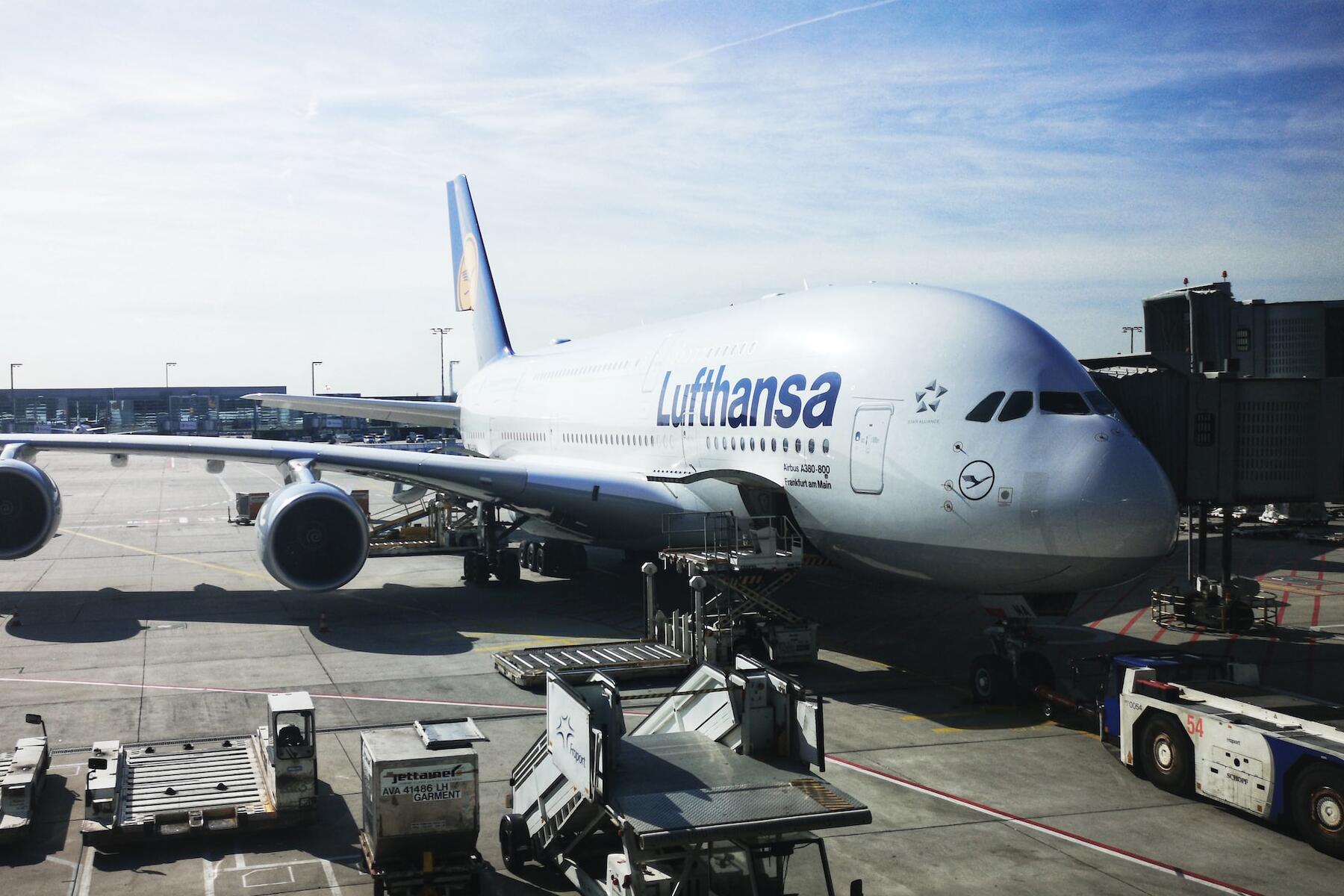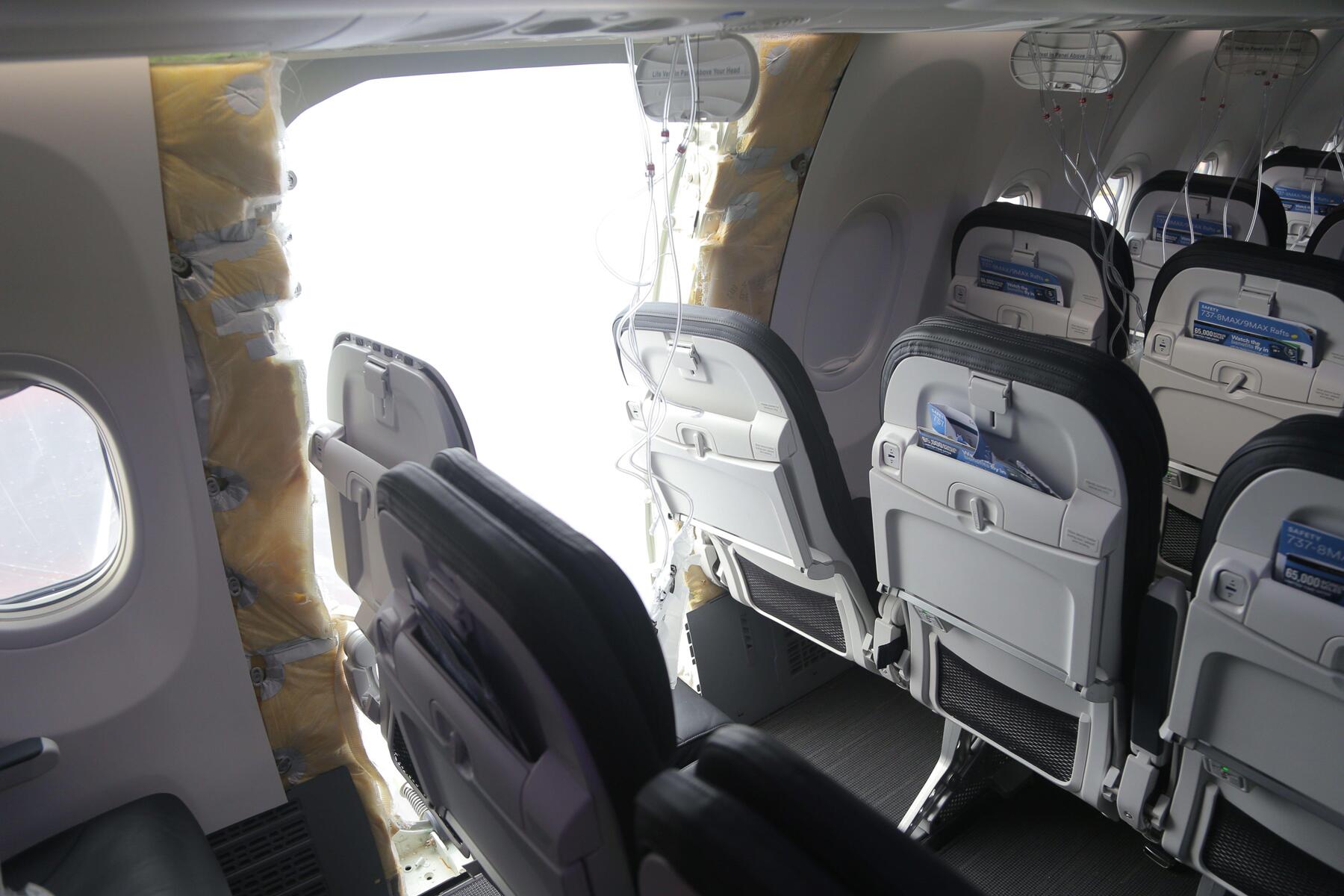Aircraft fuselage designs are rigorously tested by aircraft manufacturers under the guidance of regulatory agencies.
O
n January 5, Alaska Airlines Flight 1282 reached 16,000 feet on departure from Portland, Oregon, when a door plug separated from the fuselage inflight, causing a rapid decompression. The aircraft, a Boeing 737 MAX 9, returned to Portland and landed safely with only minor injuries among the passengers and crew.
In response to concerns about how the aircraft’s door plugs were secured during preliminary investigations by the National Transportation Safety Board (NTSB), the Federal Aviation Administration (FAA) issued an order grounding the Boeing 737 MAX 9 on flights within, to, and through U.S. airspace until more information could be gathered.
The incident has caused a great deal of questioning and speculation about the plug doors fitted on the aircraft, including how passengers could avoid sitting near them, in response to the well-publicized photos of the passenger cabin exposed to the elements during the flight’s emergency return to the airport.
What Are Door Plugs?
Some aircraft types, including the Boeing 737 MAX 9, Boeing 737-900 series, and Airbus 321, can be certified to carry large numbers of passengers in dense configurations. The airlines that operate these configurations are primarily ultra low cost carriers or all-inclusive package tour carriers. For the aircraft to be certified to carry the most passengers, many regulators require more exits to be available on the aircraft than are needed in more typical configurations with fewer seats.
Recommended Fodor’s Video
However, manufacturing an aircraft with fewer exits means that the aircraft’s resale or lease value is more limited, because it wouldn’t be an option for airlines wanting to fly the aircraft with more seats. So, the airframe gets manufactured with the door frame already cut out. Because the “extra” door isn’t needed as an actual door, the fuselage is sealed with a panel, or plug, that is bolted in place.
If the owner chooses to configure the plane with more seats, or sells the plane to an airline that wants to put in more seats, the modifications needed are much faster and cheaper than sending the airplane to the shop and having a door cut out of the fuselage.
How Can Passengers Avoid Sitting Next to Door Plugs?
Not easily. Because door plugs are not doors, they’re treated like a regular part of the passenger cabin. They’re not even easy to spot on the exterior of the plane. Regulations require that exit doors have a two-inch colored band on their exterior outline so exits can be easily identified from the outside of the aircraft. Plug doors have no such exterior marking, so passengers generally have to know what to look for and where. On the Boeing 737 Max 9, the plug outline is quite faint.
On the interior of the aircraft, there’s no distinction. Again, because the plugged door is not a door, the cabin around the door is covered with the same sidewall and overhead bins as the rest of the passenger cabin. There is a very slight distinction because there’s slightly more space between the window in the plug and the windows on either side, but the distinction is difficult to pick out. Similarly, because the plug is not a door, airlines don’t indicate its position on aircraft seating charts because the seating around the plug doors is identical to other seats.
Are Door Plugs Unsafe?
That’s one of the many questions regulators are currently reviewing. It’s worth noting that door plugs aren’t exactly new—they’ve been on some versions of the older Boeing 737-900 for years. The FAA is having airlines examine door plugs on two types of aircraft—the Boeing 737 9 Max and, as of January 21, the Boeing 737-900ER.
It’s also worth noting that aircraft fuselage designs are rigorously tested by aircraft manufacturers under the guidance of regulatory agencies like the NTSB and FAA. The FAA also approves the design of the fuselage cutouts, door plugs, and methods for securing them. A repeat of the incident on Flight 1282 is also unlikely because of the amount of attention drawn to securing door plugs moving forward. Until then, passengers can rest assured that door failures—either of door plugs or active emergency exits—on commercial aircraft are exceptionally rare, and they should feel free to choose their seat location primarily for comfort and personal preference, rather than concerns over safety.
I have read this door plug artical again and again. Where is the copy of the check that Boeing sent you for the favor you have done them?
I loved the ending the most --
Until then, passengers can rest assured that door failures—either of door plugs or active emergency exits—on commercial aircraft are exceptionally rare, and they should feel free to choose their seat location primarily for comfort and personal preference, rather than concerns over safety.
That is brain dead advice. Never mind the side of the aircrapt disappering, just be comfortable and cozy. That jet out of Portland was one lucky near miss. A few minutes later and we would be all about what happend to kill everyone. If this were the 1st time Boeing had a big problem with safty it would be bad but it's not.
Something is seriouly wrong with Boeing and all the government agencies who are suppose to make us safe when we fly. I retired from a legecy airline in 2000. In more than 30 years I've travel millions of miles. Boeing was the Rolls-Royce of the air. Now they are the the death trap of the skies. But you have put up a sugar coated cover for this poison pill. When what we need is a complete investigation on how we got here. I'd bet the farm you will never be calling out for that.







That advice is utterly senseless. Disregarding the aircraft's vanishing side, the focus is simply on being snug and at ease. The departing jet from Portland narrowly escaped a major disaster by sheer luck. Had it been a few minutes later, we'd be grappling with the aftermath of a potential catastrophe. While one might hope this was Boeing's inaugural safety hiccup, unfortunately, it's far from the truth.